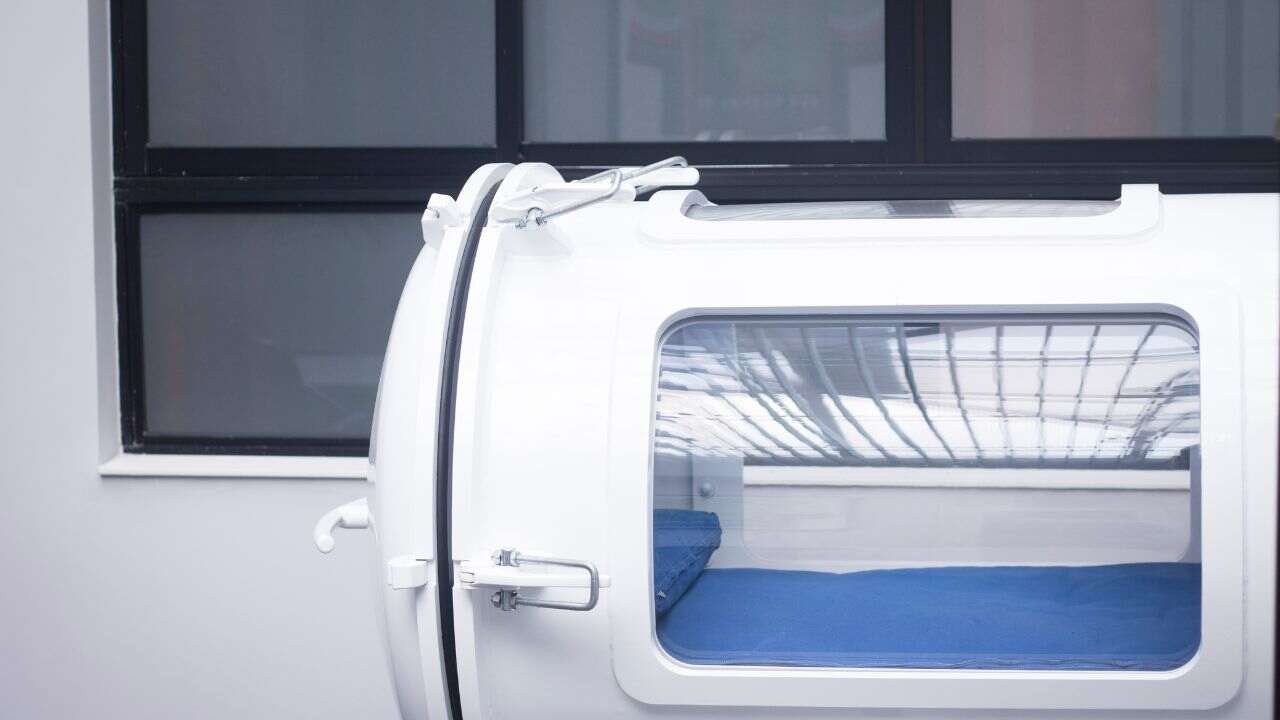Hyperbaric Oxygen Therapy (HBOT) is an advanced medical treatment that involves breathing pure oxygen in a pressurized chamber. This therapy enhances the body’s natural healing process by significantly increasing oxygen levels in the bloodstream, promoting tissue repair, reducing inflammation, and aiding recovery from various medical conditions. Initially developed for treating decompression sickness in divers, HBOT has since gained recognition for its broad therapeutic applications in modern medicine.
HBOT operates on a simple yet effective principle. Under normal atmospheric pressure, red blood cells transport oxygen throughout the body. However, in an HBOT chamber, the increased pressure allows oxygen to dissolve directly into the plasma, cerebrospinal fluid, and other bodily fluids. This heightened oxygen availability enhances cell metabolism, boosts immune function, and accelerates wound healing. The typical HBOT session lasts between 60 and 120 minutes, with pressures ranging from 1.5 to 3 times that of normal atmospheric levels.
One of the most well-known applications of HBOT is in treating chronic non-healing wounds, particularly in patients with diabetes. Diabetic foot ulcers, which result from poor circulation and oxygen deprivation, often struggle to heal with conventional treatments. HBOT improves blood flow, stimulates new blood vessel formation (angiogenesis), and reduces the risk of infection, thereby significantly improving healing outcomes. Studies have shown that patients undergoing HBOT for diabetic wounds experience faster recovery rates and lower rates of amputation.
Another vital use of HBOT is in the management of traumatic brain injuries (TBI) and stroke recovery. Oxygen deprivation in brain injuries can lead to long-term cognitive impairment and neurological dysfunction. HBOT enhances oxygen delivery to damaged brain tissues, reduces inflammation, and promotes neuronal repair. Many patients report improvements in cognitive function, motor skills, and overall quality of life after undergoing HBOT for brain-related injuries.
HBOT is also effective in treating carbon monoxide poisoning, a condition that can be fatal if not addressed quickly. The therapy helps remove carbon monoxide from hemoglobin, restore regular oxygen transport, and prevent severe complications such as organ damage and neurological impairment. Additionally, HBOT is widely used for treating decompression sickness in divers, commonly known as “the bends,” where nitrogen bubbles form in the bloodstream due to rapid ascent.
Beyond these critical medical applications, HBOT is increasingly explored for its potential benefits in anti-aging, athletic recovery, and overall wellness. Many athletes use HBOT to speed muscle recovery, reduce inflammation, and enhance endurance. Some studies suggest that HBOT may also support cognitive health, potentially benefiting individuals with neurodegenerative diseases such as Alzheimer’s and Parkinson’s.
Despite its many advantages, HBOT is not without risks. Some potential side effects include ear barotrauma, sinus discomfort, and, in rare cases, oxygen toxicity. Patients with certain medical conditions, such as untreated pneumothorax or severe respiratory issues, may not be suitable candidates for the therapy. Therefore, HBOT should always be administered under the supervision of qualified medical professionals.
In conclusion, Hyperbaric Oxygen Therapy represents a groundbreaking advancement in medical science, offering promising results for various conditions. As research unveils new benefits, HBOT is poised to play an increasingly vital role in enhancing health, accelerating recovery, and improving overall well-being.

